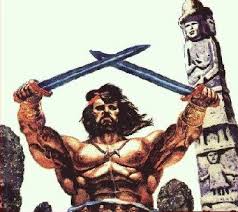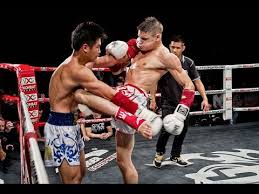JUDO
 JUDO (the “soft way”), one of the most famous Japanese martial arts, based mainly on grabs, creases and throws. Unlike most Western types of wrestling that rely on the wrestler’s own strength, the principle of maximum use of the enemy’s strength is the basis of judo. Judo is a soft, sporty version of jujitsu (jujutsu).
JUDO (the “soft way”), one of the most famous Japanese martial arts, based mainly on grabs, creases and throws. Unlike most Western types of wrestling that rely on the wrestler’s own strength, the principle of maximum use of the enemy’s strength is the basis of judo. Judo is a soft, sporty version of jujitsu (jujutsu).
HISTORY REFERENCE.
The roots of jujitsu go back to ancient times. It is known that it was part of the system of combat and physical training of samurai in feudal Japan. In 1868, radical bourgeois reforms began in this country. The former warriors, whose profession was serving in large feudal lords, were left out of work, and many of them began to earn a living by teaching jujitsu to everyone. This art was not a single system, but represented many styles and types of hand-to-hand combat.
In 1882, the young Japanese scientist Jigoro Kano opened his own Kodokan school in Tokyo (“the House of Path Comprehension”), where he began training a new system of martial arts developed by him, which he called judo (“the path of flexibility, the soft path”). At the same time, the main emphasis was placed on the second part of the name (d), which meant not only the “path”, but also the “understanding of life”. Explaining the features of his teachings, Kano writes: “Judo means the Path of softness, suppleness, or the ability to yield in the name of ultimate victory, while jujutsu represents the technical skill and practice of judo.” The principle is mandatory: “Maximum efficiency, minimum energy” (“seyryoku zenkyo”). Kano considered judo as a means of forming a harmoniously developed personality. According to Kano, those who practice judo undergo good physical and psychological training. Any judoka must be able to identify the strengths and weaknesses of the opponent, be courageous, be persistent in the fight, and respect other people.
Judo developed in the face of fierce, sometimes fierce competition from other schools of jujitsu. However, it soon received official recognition by the authorities, found application in the police and army, and a few years later entered the physical training program of secondary and higher educational institutions. The spread of judo in the world began in the 1930s. After World War II, the American occupation authorities banned martial arts in Japan, which halted the development of judo. After the ban was lifted, interest in Far Eastern martial arts flared up in the world with renewed vigor.
In 1948, the Japan Judo Championship was held. Soon after, the All-Japan Judo Federation was formed. The International Judo Federation was established in 1952, and the first world judo championship was held in Tokyo in May 1956. Already in 1964, judo was included in the program of the Olympic Games held in Tokyo, and since then has been an integral part of world sports.
TRAINING JUDOISTS
consists of exercises for developing muscle strength and joint mobility, practicing techniques with a partner and “randori” – training fights where the correctness and degree of mastering the techniques are checked. Much attention is paid to various kinds of insurance – special actions to avoid injuries in the fall.
Traditionally, judo classes were held on the floor covered with straw mats called tatami. Currently, instead of straw for tatami, modern materials are used.
The judoka costume (“judogi”) includes wide cotton trousers and a spacious jacket made of the same fabric. The cloth of judogi should be strong enough, as many judo techniques use grabbing clothes. The jacket is tightly belted twice with a cloth belt, the ends of which are tied in front by a knot. The success of a judo student is reflected in the assignment of ever higher student degrees (“kyu”), starting from the 6th (youngest) and ending with the 1st (oldest). In accordance with the assigned degree, students have the right to wear belts of one color or another: from the 6th to 4th degree – a white belt, from 3rd to 1st – a brown belt. Continuing to improve, the judoka gets the 1st dan (first degree of the master), and with it the right to wear a black belt. In total, in the category of masters with a black belt, there are 10 degrees. Successfully performing wrestlers can count on a maximum of 7th dan, since higher degrees are awarded for administrative activities and contribution to the development of judo as a sport. The level of the first dan corresponds approximately to the master of sports according to the Russian classification.




